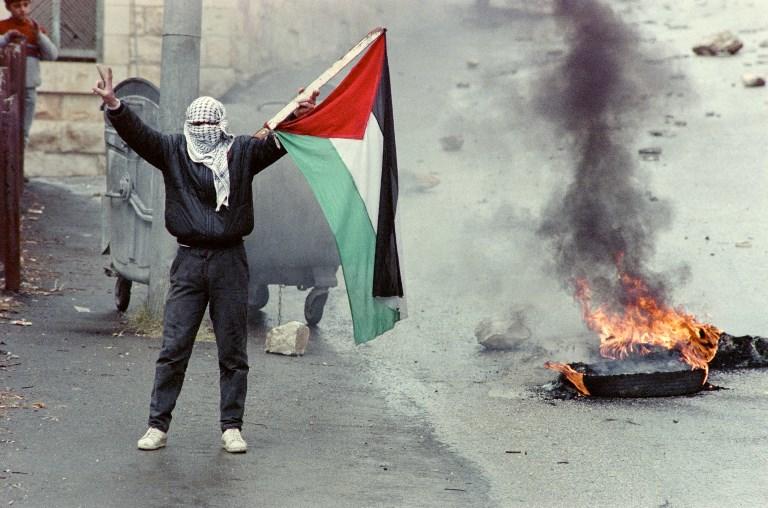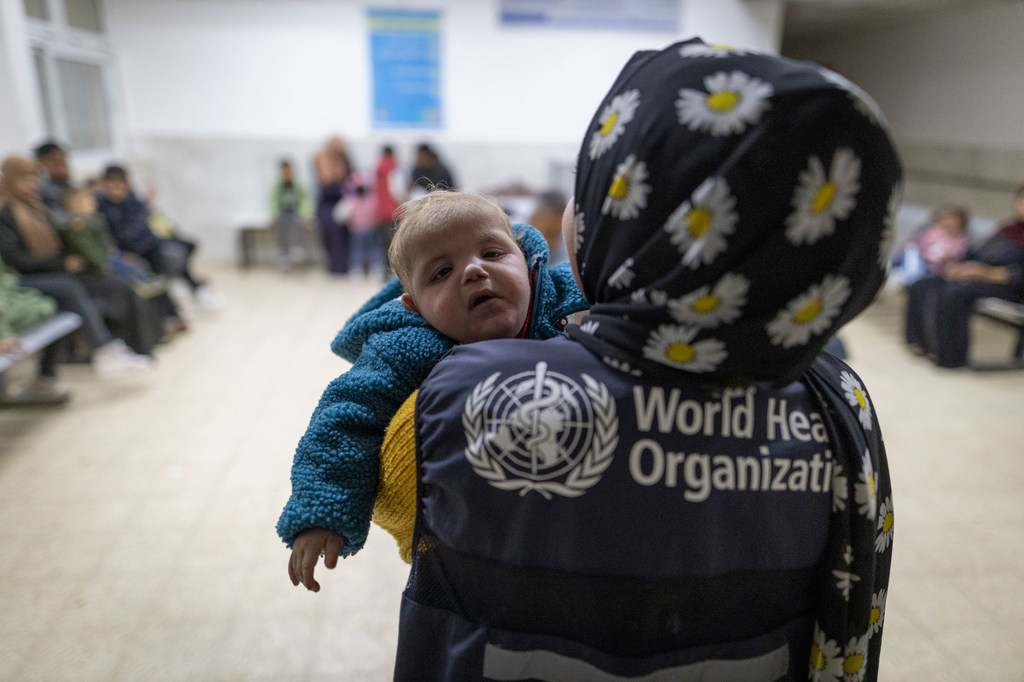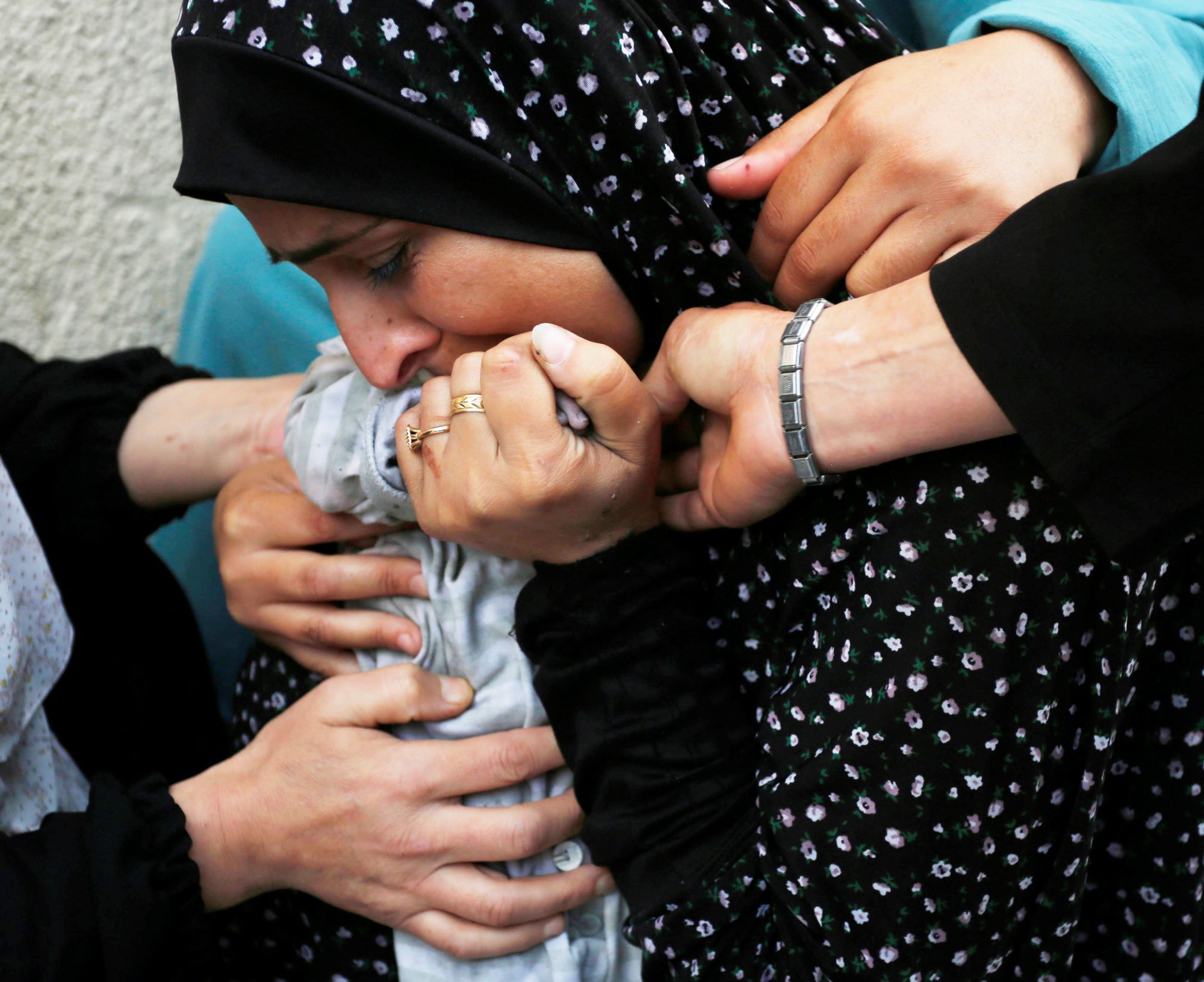RAMALLAH, December 8, 2024 (WAFA) – Today mark the 37th anniversary of the outbreak of the First Intifada, also known as the "Stone Uprising," a pivotal moment in the history of their struggle for freedom. The Intifada, which lasted from 1987 to 1994, marked a turning point in Palestinian resistance against Israeli occupation.
The First Intifada began in the Jabalia refugee camp in the Gaza Strip, following the killing of four Palestinian workers at the Erez checkpoint by an Israeli settler driving a truck. The victims were identified as Taleb Abu Zaid, 46, Issam Hamouda, 29, Shabaan Nabhan, 26, and Ali Ismail, 25, all from Gaza. This tragic incident sparked outrage and protests across the Gaza Strip and the West Bank, leading to widespread demonstrations and confrontations with Israeli forces.
The following day, on December 9, 1987, angry protests erupted in Jabalia camp, turning into violent clashes with the Israeli military. During these early confrontations, Hatem al-Sisi, a young man from Jabalia, became the first Palestinian martyr of the uprising.
The Intifada quickly spread, first to the Balata refugee camp in Nablus, then across the West Bank and Gaza. In the first days of the uprising, Ibrahim al-Aklik, 17, was killed on December 10, 1987, followed by Suheila al-Kaabi, 19, and Ali Musa'id, 12, from Balata on December 11, 1987. These initial casualties were just the beginning, as the uprising gathered momentum, with hundreds of Palestinians losing their lives and thousands more wounded or imprisoned.
Over the next seven years, the Intifada became a defining feature of Palestinian resistance, unfolding in every town, village, refugee camp, and city across the occupied territories and within Israel. As one famous revolutionary song from that period declared: "In every village, house, and alley, our Intifada continues."
According to data from the Palestinian Commission for Prisoners and Martyrs Affairs, around 1,550 Palestinians were killed during the First Intifada. Meanwhile, estimates from the Palestinian Prisoners' Society indicate that between 100,000 to 200,000 Palestinians were detained during this period, with many subjected to harsh interrogation techniques.
The Intifada also left a heavy toll on the Palestinian population in terms of injuries. The Palestinian Ministry of Health reports that over 70,000 Palestinians were wounded, with around 40% of them suffering from permanent disabilities. The injuries included severe neurological damage, paralysis, and amputations of vital limbs.
In addition, a report from the International Solidarity Foundation revealed that 40 Palestinians died while in Israeli prisons during the Intifada. Many of these deaths were attributed to torture and inhumane treatment by Israeli authorities during interrogations.
M.N











